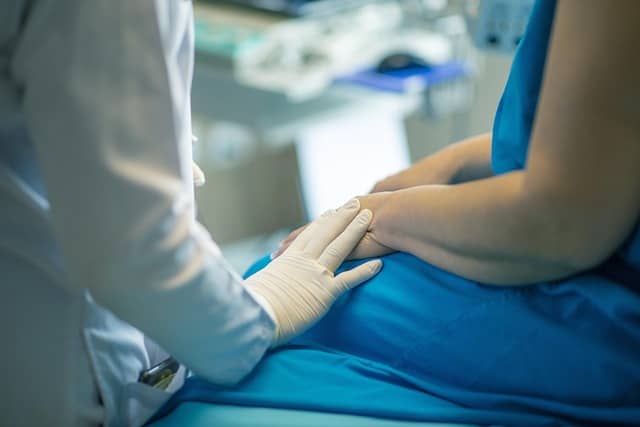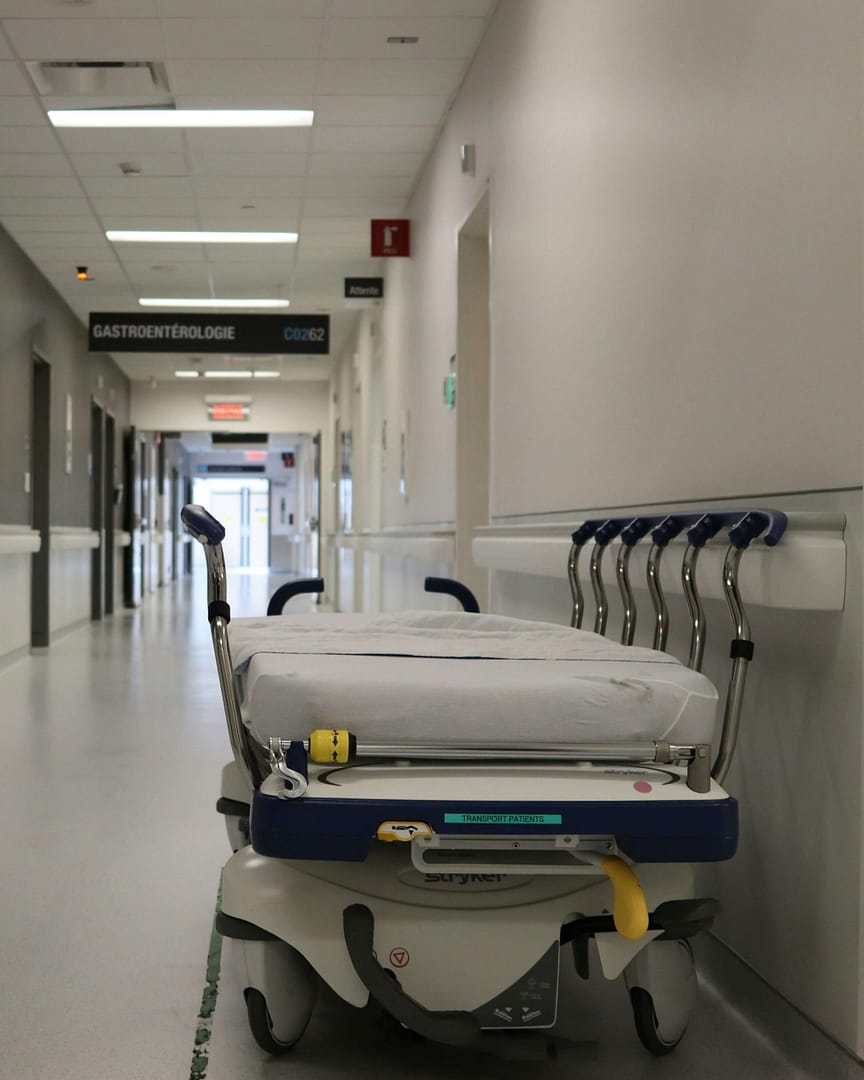Amputation surgery has seen significant advancements in the UK, with new techniques and technologies revolutionizing the field. These innovations aim to improve patient outcomes, enhance rehabilitation, and provide a better quality of life for amputees. This article will explore the latest developments in amputation surgery, highlighting the benefits and challenges they present. We will also highlight how you can start a medical negligence claim.
Minimally Invasive Surgical Techniques
One of the major advancements in amputation surgery is the shift towards minimally invasive techniques. These procedures involve smaller incisions, reduced tissue damage, and faster recovery times compared to traditional open surgeries. Minimally invasive amputation surgery is particularly beneficial for patients with underlying health conditions or those at higher risk of complications.
Keyhole Surgery
Keyhole surgery, also known as laparoscopic surgery, is a minimally invasive technique that has gained popularity in various surgical fields, including amputation surgery. Surgeons use small incisions and specialized instruments to perform the procedure, resulting in less pain, scarring, and infection risk.
Robotic-Assisted Surgery
Robotic-assisted surgery is another cutting-edge technique that is transforming amputation surgery. Surgeons control robotic arms with high precision, allowing for intricate maneuvers and improved surgical outcomes. This technology is particularly useful for complex amputations or procedures involving delicate structures.
Osseointegration and Prosthetic Integration
Osseointegration is a groundbreaking technique that involves directly attaching a prosthetic limb to the bone. This eliminates the need for a traditional socket, reducing discomfort and improving the prosthetic’s functionality. Osseointegration provides a more natural feel and allows for better control and movement of the artificial limb.
Implant Technology
The success of osseointegration relies on advanced implant technology. These implants are made of biocompatible materials that integrate with the bone, creating a stable and secure connection. The implants are carefully designed to optimize load distribution and minimize the risk of complications.
Rehabilitation and Training
Rehabilitation and training play a crucial role in the success of osseointegration. Patients undergo extensive physical therapy to strengthen the surrounding muscles, learn to use the prosthetic limb, and regain their independence. This process requires close collaboration between surgeons, rehabilitation specialists, and patients.
Targeted Muscle Reinnervation (TMR)
Targeted muscle reinnervation (TMR) is a surgical technique that improves the control and functionality of prosthetic limbs. It involves redirecting nerves that once controlled the amputated limb to remaining muscles. This allows amputees to control their prosthetic limb with their thoughts, providing a more intuitive and natural experience.
Nerve Transfer
TMR involves transferring nerves from the amputated limb to nearby muscles. This creates new neural pathways that can be used to control the prosthetic limb. The procedure requires specialized surgical skills and a thorough understanding of nerve anatomy.
Prosthetic Interface
The success of TMR depends on the prosthetic interface, which detects muscle signals and translates them into movements of the artificial limb. Advances in prosthetic technology have led to the development of more sophisticated interfaces that provide a more responsive and intuitive experience.
3D Printing and Customized Prosthetics
3D printing technology has revolutionized the field of prosthetics, allowing for the creation of customized, affordable, and lightweight artificial limbs. This technology enables the rapid prototyping and production of prosthetics that are tailored to the individual’s needs, anatomy, and preferences.
Patient-Specific Design
3D printing allows for the creation of patient-specific prosthetics that fit perfectly and provide optimal comfort and functionality. This is achieved through detailed scanning and modeling of the residual limb, ensuring a precise and personalized fit.
Cost-Effective Production
3D printing significantly reduces the cost of producing prosthetics, making them more accessible to a wider range of patients. This technology also allows for faster production times, reducing the waiting period for amputees to receive their artificial limbs.
Enhanced Prosthetic Functionalities
Advancements in prosthetic technology have led to the development of artificial limbs with enhanced functionalities. These prosthetics can now mimic the natural movements of the human body more closely, providing amputees with greater dexterity, agility, and independence.
Sensory Feedback
Sensory feedback is a crucial aspect of prosthetic functionality. Researchers are developing prosthetics that can provide amputees with a sense of touch, pressure, and temperature. This feedback enhances the user’s ability to interact with their environment and control their prosthetic limb.
Myoelectric Control
Myoelectric control is another significant advancement in prosthetic technology. It involves using electrical signals from the muscles to control the prosthetic limb. This allows for more intuitive and natural movement, improving the user’s ability to perform daily activities.
Challenges and Future Directions
Despite the significant advancements in amputation surgery and prosthetic technology, challenges remain. The high cost of some procedures and technologies can limit their accessibility. Additionally, further research is needed to optimize surgical techniques, improve prosthetic integration, and enhance sensory feedback.
The future of amputation surgery and prosthetic technology looks promising. Ongoing research and development are expected to lead to even more sophisticated and personalized solutions for amputees. This includes the development of biomimetic prosthetics that mimic the natural functions of the human body more closely.
Making a Medical Negligence Claim with National Claims
At National Claims, we understand the devastating impact that medical negligence can have on your life and the lives of your loved ones. If you believe you or a family member has suffered harm due to substandard medical care, such as misdiagnosis, surgical errors, medication errors, or delayed treatment, we are here to help you seek the justice and compensation you deserve.
Free Consultation
We recognise that every medical negligence case is unique, and we’re here to offer you a free, no-obligation consultation to discuss your specific situation. During this consultation, we’ll listen attentively to your experience, and assess the potential strength of your claim. Our team will then connect you with a qualified solicitor from our panel who specialises in medical negligence claims, ensuring that you receive the expert legal representation needed to pursue your case effectively.
*Customers pay up to 25% (incl. VAT) of the amount recovered towards solicitor costs and if you cancel outside your cooling off period, you may be charged a fee.
Contact us today to speak to one of our claims agents who will be able to help you get started on your claim.
Click below to see why we are one of the most trusted claims management companies in the UK.

We’re proud of our excellent customer reviews
We thrive on delivering exceptional service and ensuring our clients’ satisfaction. Don’t just take our word for it. Check out some of our independent reviews to see what our clients have to say.
Excellent

This firm is excellent, they sorted out my car pay out and injury claim very fast, they always communicate with you all the time.

My accident case was dealt with confidence and with great result of the outcome, especially James kept me informed all the time.

I was very impressed at the way my inquiry was treated. I was listened to attentively and everything I needed to know was explained to me.






